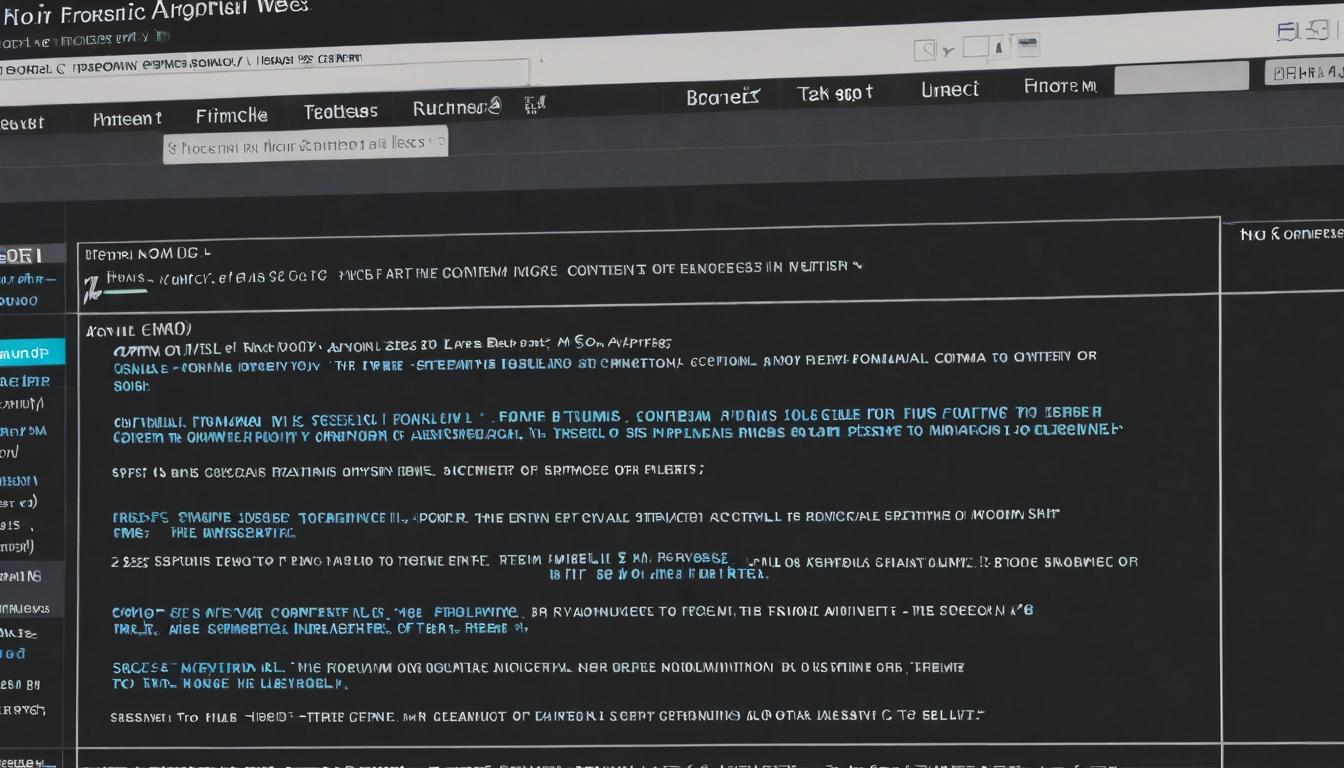The dimly lit studio hums with anticipation as the composer’s fingers hover over the keyboard. Outside, Hollywood buzzes with talk of box office numbers and celebrity gossip, but here, in this soundproof sanctuary, something more profound is taking shape. This is where movies find their soul—through the often overlooked, frequently misunderstood art of film scoring. Yet despite being the emotional backbone of cinema, film music remains one of the most undervalued and underappreciated aspects of the industry.
Across the landscape of modern streaming services, composers face an unprecedented challenge: how to make their work heard when algorithms prioritize binge-watching over artistic appreciation. Where once a John Williams theme would become instantly recognizable through repeated theatrical viewings, today’s scores often get lost in the shuffle of endless content. The result? A generation of brilliant composers working in relative obscurity, their melodies swallowed by the very platforms that distribute them.
The financial realities have never been more stark. While top-tier composers can still command significant fees, the middle class of film scoring has been evaporating faster than morning fog over the Hollywood Hills. Streaming services typically pay composers through buyout agreements—lump sums that might sound impressive until you factor in the months of work, the hiring of musicians, and the studio costs. Many composers report making less per project than they did a decade ago, despite inflation and increased living costs.
Yet innovation blooms in unexpected places. Some composers have turned to crowd-funding platforms to finance passion projects, building communities of dedicated fans who appreciate the craft. Others have embraced social media, offering behind-the-scenes glimpses into the scoring process that demystify the art form. TikTok and Instagram have become unexpected allies, with composers breaking down their techniques in viral videos that reach audiences who might never have considered how music shapes their viewing experience.
The technological revolution has been both blessing and curse. Digital audio workstations have democratized scoring, allowing talented musicians without access to expensive studio space to create professional-quality work. But this accessibility has also led to market saturation, with producers often opting for cheaper, less experienced composers who can deliver serviceable work quickly. The result is a flood of generic, temp-track-inspired scores that lack the distinctive voice that made golden age composers so memorable.
Perhaps most concerning is the erosion of musical education in film scoring programs. Where once apprentices learned directly from masters, today’s students often graduate without ever having seen a live scoring session. The mentorship model that produced legends like Bernard Herrmann teaching Elmer Bernstein, who in turn guided countless others, has been largely replaced by YouTube tutorials and online courses. While these resources offer valuable information, they cannot replicate the nuanced guidance that comes from years of side-by-side work.
Despite these challenges, the art form continues to evolve in fascinating ways. Hybrid scores that blend electronic elements with traditional orchestration have created new sonic palettes. Composers like Hildur Guðnadóttir have proven that minimal, atmospheric approaches can be just as powerful as grand orchestral statements. The success of her work on 'Joker' and 'Chernobyl' demonstrated that audiences hunger for distinctive musical voices, even if they don’t always recognize the name behind the notes.
The fight for proper recognition extends to awards shows and critical coverage. While the Oscars still feature a best score category, the presentation has been increasingly truncated in broadcasts, often relegated to time-saving packages rather than full performances. Film music criticism, once a vibrant niche, has struggled to maintain dedicated spaces in major publications, leaving passionate bloggers and specialty sites to carry the torch.
What emerges from talking to working composers is a complex picture of an art form at a crossroads. There’s excitement about new tools and distribution methods, concern about economic sustainability, and fierce determination to preserve the craft’s integrity. Many speak of film scoring not as a job but as a calling—one that requires sacrificing stability for the chance to contribute to something lasting.
The next time you find yourself humming a theme days after watching a film, pause to consider the artist behind those notes. In an industry that often prioritizes spectacle over substance, film composers remain the quiet guardians of emotional truth. Their struggle for recognition isn’t just about fair compensation—it’s about preserving the magic that makes cinema more than just moving images. It’s about ensuring that future generations will still get chills when the music swells, that audiences will still feel tears well up during a perfectly placed melody, and that the unsung heroes of the soundtrack finally receive their due.
The unsung art of film scoring: how composers are fighting for recognition in the streaming era

